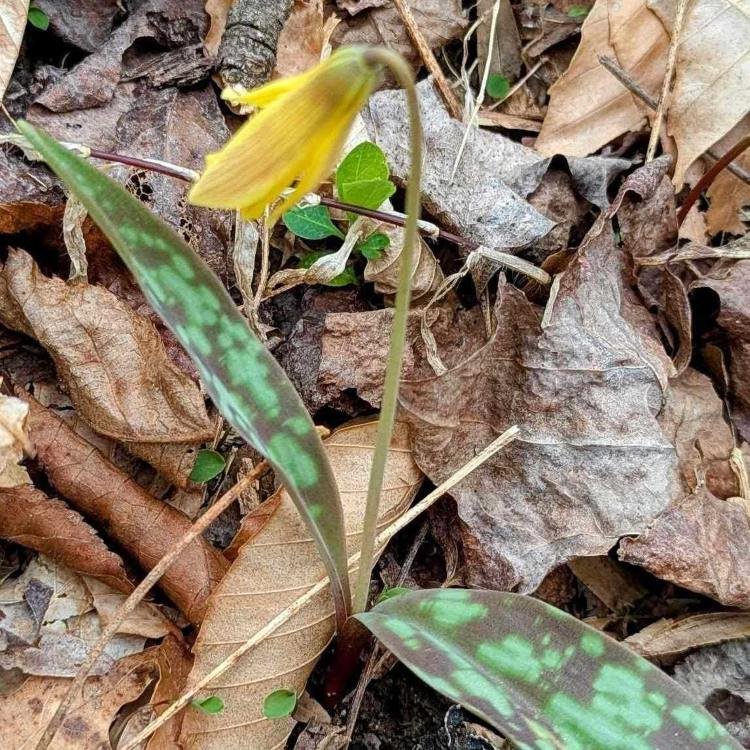Spring Renewal: Outdoor Activities for Mental Health
Spring is here! This year in the Mid-Atlantic we had a particularly cold winter. Combined with economic and political instability there are a lot of people who are worried, stressed, sad and angry. However, as the chill of winter fades and spring blooms into life, some people experience a natural lift in mood. For many, the arrival of spring offers more than just a change in weather—it’s an opportunity for healing. Engaging in outdoor activities for mental health during this season can significantly reduce symptoms of depression and anxiety, and can just be fun!
One of the most powerful benefits of being outdoors is simply the increased exposure to natural sunlight. Sunlight boosts vitamin D levels, which are essential for maintaining a healthy mood. Studies show that low levels of vitamin D are linked to higher rates of depression, and just 10–30 minutes of sunlight a few times a week can help correct this imbalance. Spring, with its longer daylight hours and milder temperatures, makes it easier and more enjoyable to spend time outside.
Physical activity itself is also a well-known mood enhancer. Whether it’s hiking, biking, or simply walking the dog in the neighborhood, exercise helps release endorphins—natural chemicals in the brain that act as mood elevators. In one study published in the American Journal of Preventive Medicine, researchers found that even light physical activity can lead to significant improvements in symptoms of depression and anxiety. When you combine exercise with the natural environment, the mental health benefits are amplified. Again, this doesn’t have to mean extreme physical exertion, simply spending 15-20 minutes 3-4 times a week getting your heart rate up can be enough for the mental health benefits.
Nature also plays a vital role in calming the mind. A growing body of research suggests that simply spending time in green spaces can reduce stress, lower blood pressure, and improve overall well-being. According to a study published in Journal of Environmental Psychology, nature exposure reduces rumination, a key factor in both depression and anxiety. Spring, with its blooming flowers, green leaves, and fresh air, offers a sensory-rich experience that encourages mindfulness and relaxation. Once again, this can be easy! You don’t have to go camping or hiking in a National Park (though more power to you if you do). If you find yourself with an extra thirty minutes during your day, take a break, get outside, pay attention to the neighbors flowers, take a quick walk on a local trail, or simply sit outside and listen to the birds.
Moreover, outdoor activities often involve social interaction—whether it’s chatting with a friend on a walk or joining a group hike. Social connection is crucial for mental health. The National Institute of Mental Health highlights that strong social ties can act as a buffer against depression and anxiety. Spring provides the perfect setting for reconnecting with others after months of indoor isolation. Call a friend, talk to a neighbor who is outside taking a walk or doing some gardening, even little connections and acts of kindness can make a major impact for you and those around you.
Finally, there’s something inherently hopeful about spring. It’s a season of growth and renewal, which can have a symbolic impact on someone’s mental outlook. Simply observing the cycles of nature—flowers blooming, birds returning, trees budding—can serve as a gentle reminder that change and improvement are possible. Yes, they sometimes bring annoyances as well. Allergies and sinus issues reign supreme in spring and removing that poorly placed bird nest from a vent, or wasps nest that’s too close to your back door can be annoying, but they are also reminders of the cycles of the seasons, just like the seasons we have in our lives. Use even those annoyances as an opportunity to check your perspective and focus on the growth and beauty of your surroundings.
Incorporating even a few hours of outdoor activity each week during the spring can lead to real and lasting benefits for those struggling with depression and anxiety. Whether it’s gardening, jogging, or just sitting on a bench in the sun, the outdoors offers a natural, accessible, and powerful form of therapy.
Still struggling with how to start? Try these five easy outdoor activities for improving your mental health:
Take a 15-20 minute walk 3-4 times a week: This could be a quick walk around the block, on some local trails, or a drive to a local park. Get outside and get moving.
Sit on your porch, patio, stoop or steps: Sit anywhere outside really. Just enjoy being outside and be mindful of nature. Pay attention to your surroundings, notice 5 sounds, plants, animals and see how they change or what they do while you are sitting there.
Go to a local coffee shop: Lots of local shops and other local establishments offer a place to sit outside. Call a friend, or enjoy some time by yourself. Take a good book, engage in a spiritual practice or simply enjoy a cup of joe.
Plant something: Whether you are an experienced gardener or this is your first time, doing something as simple as planting a couple flowers in a planter can be a renewing experience as you water and care for it and watch it grow.
Talk to a neighbor or friend: Call a friend and see if they want to go on one of those walks or to the coffee shop with you. If you aren’t ready for that, just a simple hello to a neighbor walking by can help. Even introverts can get a boost of positive emotion by experiencing human connection.
Do you want to talk to someone and receive some extra guidance? Therapy can be a great place to get more in depth and personalized ideas about how to incorporate the outdoors into your healing. Want to know more about psychology and the outdoors? Consider this book on The Experience of Nature: A Psychological Perspective.

